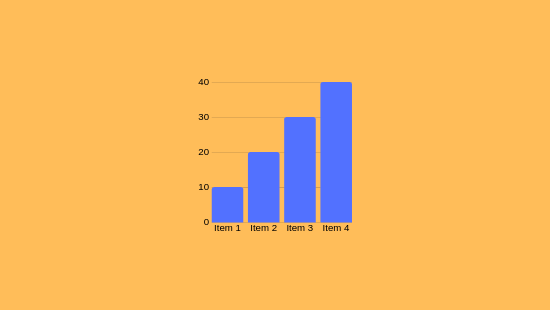
As you explore forex measurements, you'll discover they're mathematical tools analyzing price and volume data to forecast market movements. These instruments aid in signaling trends, confirming market cues, and detecting extreme market conditions situations. For instance, the Relative Strength Index (RSI) tracks market force, while Bollinger Bands measure variability. Refining your trading strategy by combining these indicators is crucial, especially if you aim to manage risk effectively.
Understanding Forex Indicators
Forex indicators are computational devices integrated in charts to assist traders in scrutinizing market dynamics and executing calculated trades. They provide perspectives into price changes and potential trading opportunities by examining past and present market figures.
Forex indicators are divided into four main types: trend indicators (e.g., Moving Averages), momentum indicators (e.g., Relative Strength Index), volatility indicators (e.g., Bollinger Bands), and volume indicators.
These instruments can indicate market turns, validate ongoing patterns, or highlight overbought/oversold climates. If you're looking to enhance your methodologies, grasping their roles is fundamental.
Types of Forex Indicators
When assessing market trends, traders often deploy a variety of indicators to aid in decision-making.
Forex tools are categorized into different classifications, each fulfilling distinct functions.
Trend Indicators like Moving Averages (MA) and Bollinger Bands assist in detecting trends and potential breakouts.
Momentum Indicators, including the Moving Average Convergence/Divergence (MACD) and Relative Strength Index (RSI), recognize shifts in price momentum and highlight overbought or oversold conditions.
Volatility Indicators like the Average True Range (ATR) quantify market variability, helping traders in establishing protective measures.
When applied wisely, these indicators can enhance trade outcomes.
Essential Instruments for Trading Choices
To executive insightful investment choices, understanding and applying key indicators that analyze market conditions is imperative.
Price Movements (MA) track mean trade values over specific periods, unveiling tendencies by smoothing fluctuations.
The Relative Strength Index gauges market force on a 0–100 scale, flagging overbought conditions above 70 and signaling oversold scenarios below 30.
MACD compares two EMAs to confirm the trend direction, with graphical representations illustrating bullish or bearish phases.
Bollinger Bands apply standard deviations around a moving average to assess fluctuation and potential reversals.
Fibonacci Retracement levels denote price thresholds based on prior price movements.
Combining these measures boosts accuracy by authenticating prompts if aligned, facilitating precise timing for currency pairs.
Employing Indicators in Risk Oversight
As you fine-tune investment methods, effectively applying indicators for risk management is essential. Tools like Moving Averages and Bollinger Bands gauge fluctuations click here and identify potential entry/exit points for risk oversight.
These tools allow for exact stop-loss orders and limit orders, critical for limiting possible losses.
For instance, applying stop-loss orders restricts your loss to a certain amount, such as 2% of your trading capital per trade. This disciplined tactic aids in managing forex risks by limiting exposure to fluctuations and leverage, which are significant challenges in forex trading.
Integrating Indicators for Improved Precision
Merging measurement tools is a accomplished tactic for boosting precision in forex trading. This approach allows for the leveraging of multiple tools to examine several facets of market behavior, such as trends, momentum, and variability.
By utilizing indicators like Price Averages, RSI, and MACD, you can craft resilient trade schemes. For example, pairing Moving Averages with RSI and Volume validates trend direction and momentum, while Bollinger Bands with Stochastic discovers volatile scenarios and possible reversals.
If diverse measurement tools work together, redundancies are minimized, and trade signals are intensified.
Final Thoughts
You've understood how forex indicators operate, encompassing their types like trend, momentum, and volatility indicators. These instruments aid in uncovering pivots and confirming trend continuity. Through combining tools, trading precision is enhanced, and risk oversight is conducted more adeptly. As an example, using the Relative Strength Index (RSI) to spot overbought conditions and Bollinger Bands to evaluate volatility can refine your trade choices.
 Haley Joel Osment Then & Now!
Haley Joel Osment Then & Now! Yasmine Bleeth Then & Now!
Yasmine Bleeth Then & Now! Tahj Mowry Then & Now!
Tahj Mowry Then & Now! Jenna Jameson Then & Now!
Jenna Jameson Then & Now! Samantha Fox Then & Now!
Samantha Fox Then & Now!